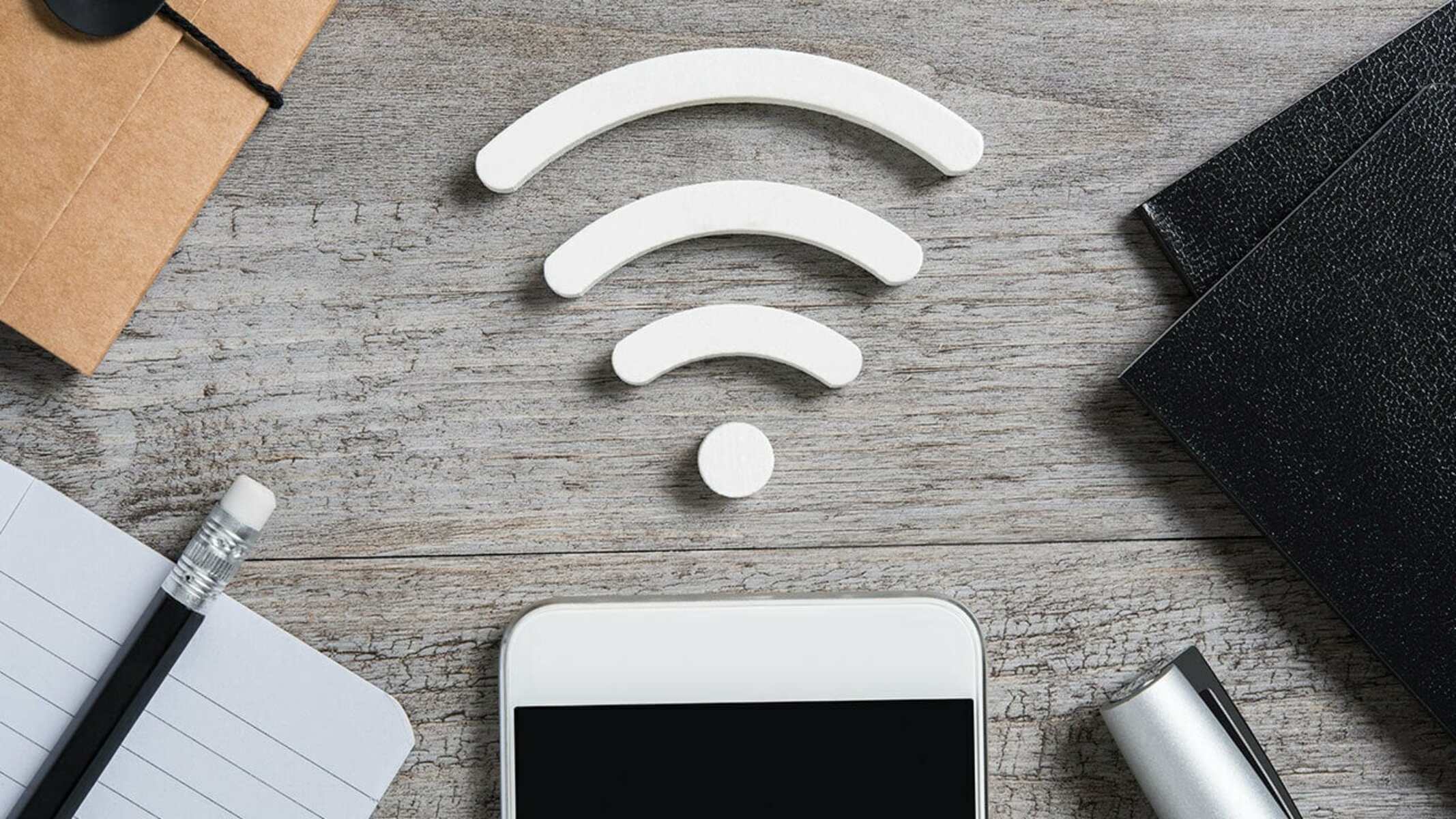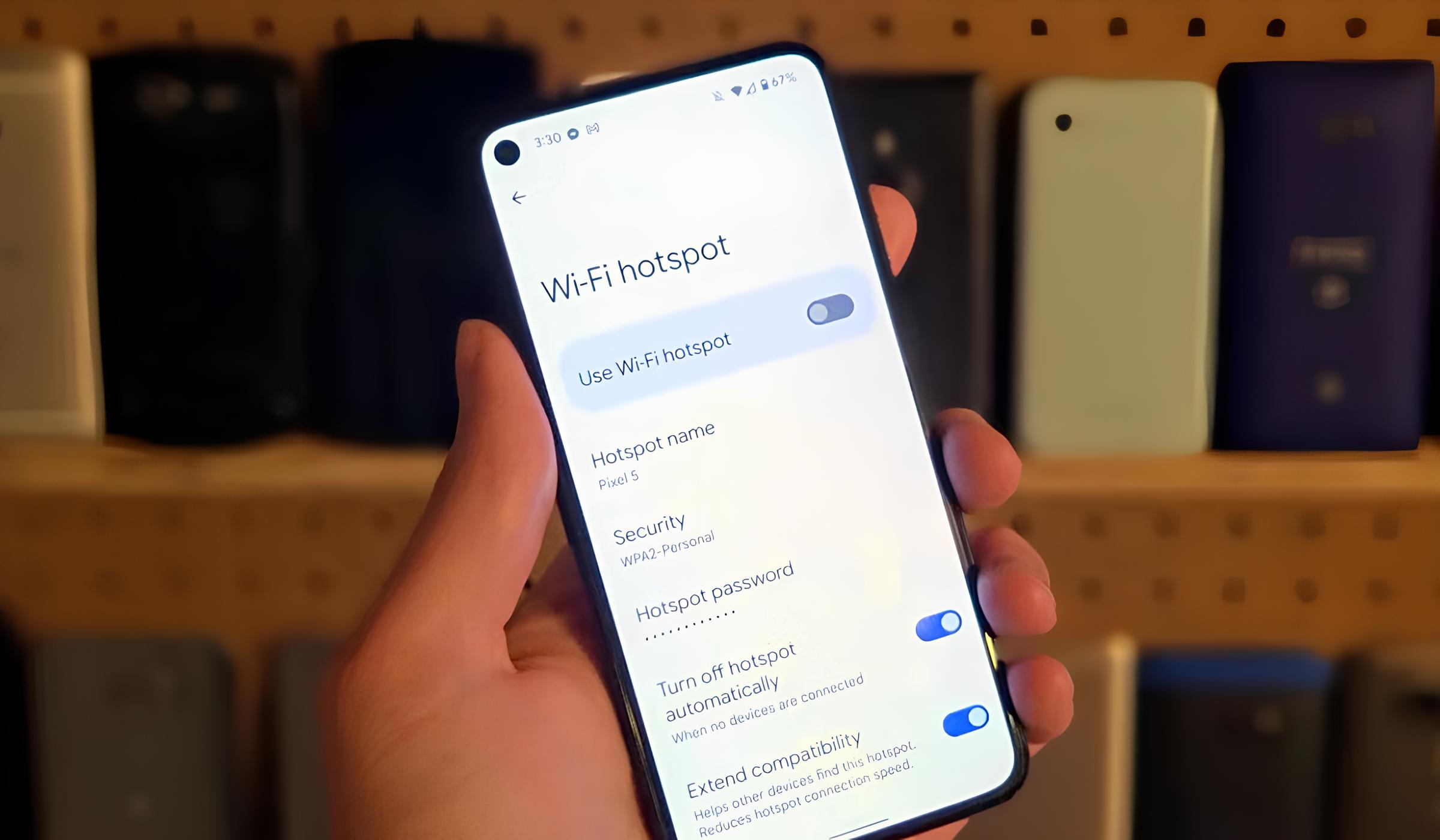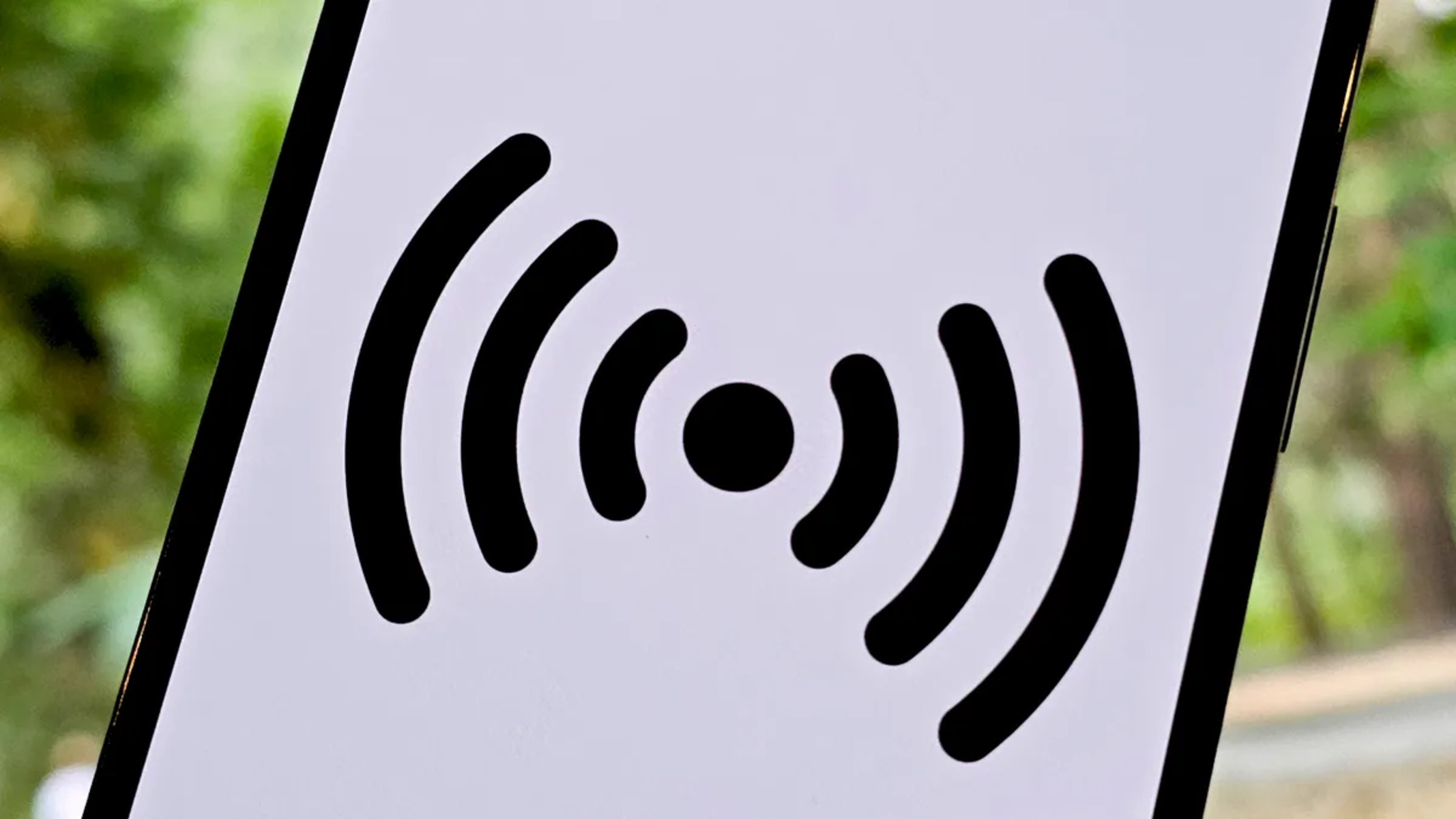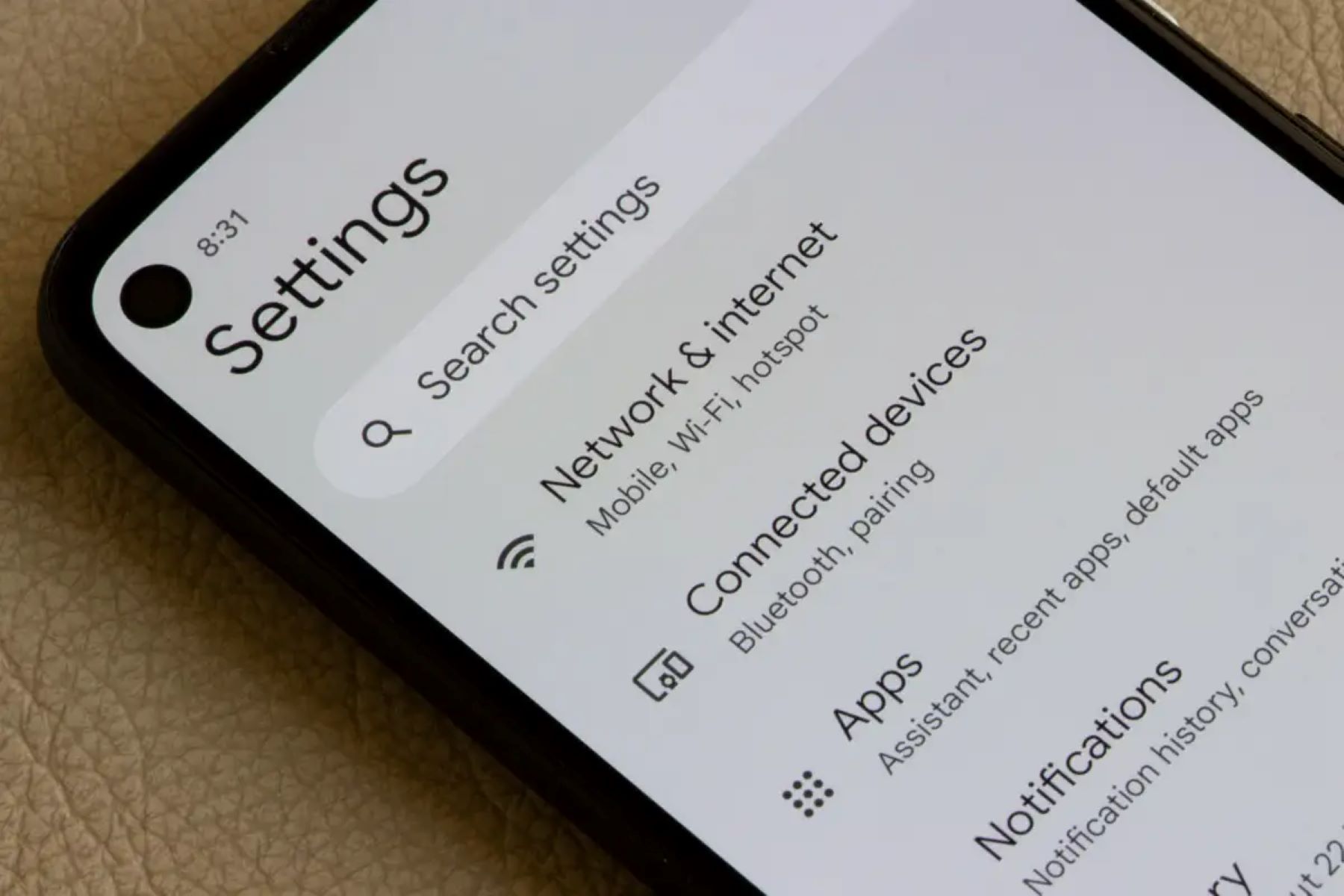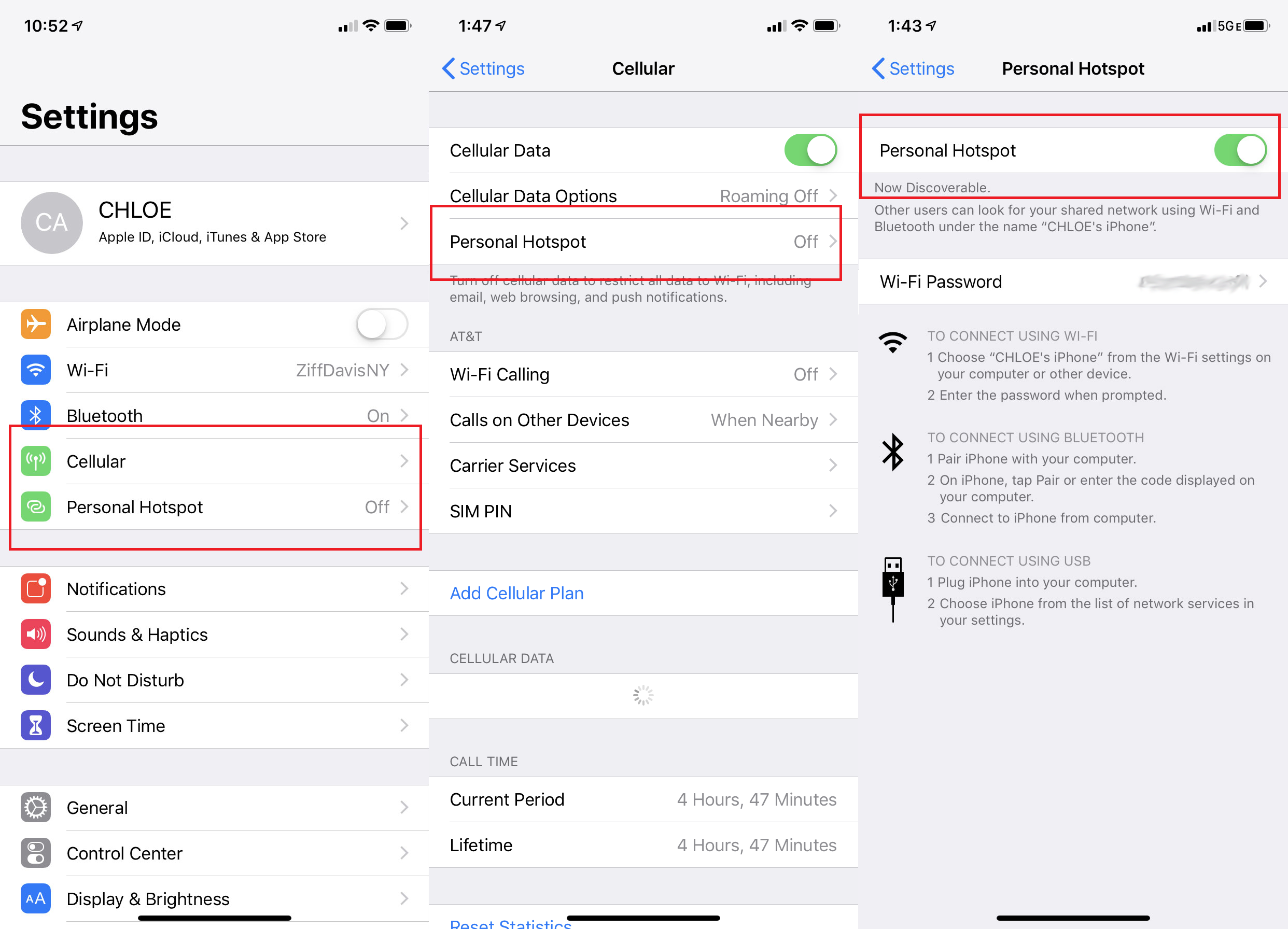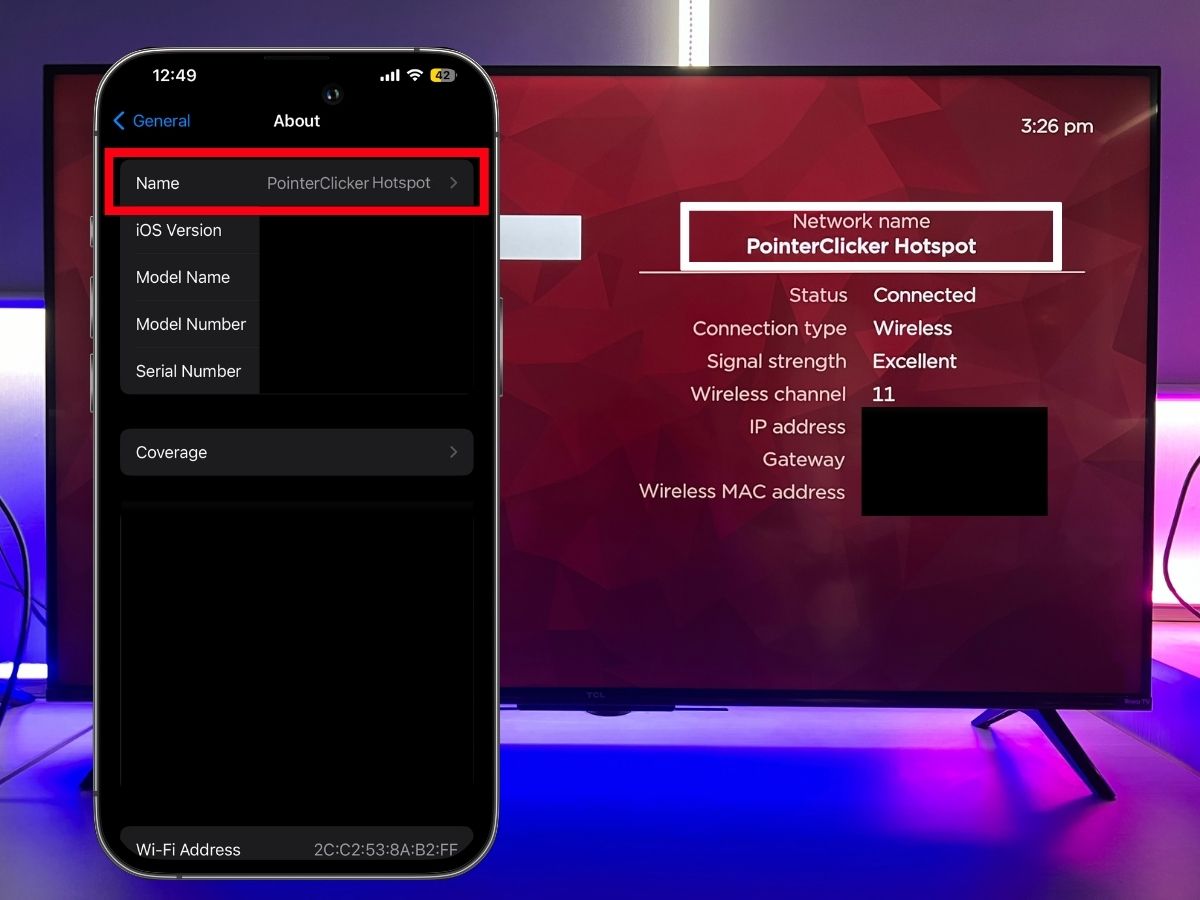Introduction
Having the ability to turn your smartphone into a Wi-Fi hotspot can be incredibly useful, especially when you’re on the go and need to connect your other devices to the internet. Whether you’re in a café, a hotel room, or even in the middle of nowhere, with just a few simple steps, you can transform your smartphone into a portable Wi-Fi hotspot.
By setting up a Wi-Fi hotspot on your smartphone, you can share your device’s internet connection with other devices such as laptops, tablets, or even other smartphones. This means that no matter where you are, as long as your smartphone has an active data plan, you can enjoy seamless internet connectivity on your other devices.
In this article, we will guide you through the step-by-step process of turning your smartphone into a Wi-Fi hotspot. We’ll show you how to check if your smartphone supports this functionality, enable the Wi-Fi hotspot feature, configure the necessary settings, connect other devices to your hotspot, and customize the settings to suit your needs.
It’s important to note that the steps may vary slightly depending on the make and model of your smartphone, as well as the operating system it runs on. However, the overall process remains similar across most devices, so rest assured that you’ll be able to follow along regardless of the smartphone you own.
So, whether you’re looking to share your internet connection with friends, complete work tasks on your laptop while on the go, or simply enjoy uninterrupted internet access on multiple devices, let’s dive in and explore how to make your smartphone a Wi-Fi hotspot.
Step 1: Check if your smartphone supports Wi-Fi hotspot functionality
Before you can start using your smartphone as a Wi-Fi hotspot, you need to ensure that it supports this feature. Most modern smartphones, regardless of the operating system they run on, have the capability to function as a hotspot. Here’s how you can check if your smartphone supports Wi-Fi hotspot functionality:
- Android: On your Android device, go to the Settings menu and look for the “Network & internet” or “Connections” option. Within that menu, you should find a “Hotspot & tethering” or “Mobile hotspot” section. Tap on it to access the hotspot settings. If you see the option to enable or configure a Wi-Fi hotspot, then your smartphone supports this feature.
- iOS: If you’re using an iPhone or iPad, open the Settings app and tap on “Personal Hotspot.” If you see the option to enable the hotspot and configure its settings, then your device supports Wi-Fi hotspot functionality.
- Windows: On a Windows-based device, navigate to the Settings menu and click on the “Network & Internet” option. Look for the “Mobile hotspot” tab, and if you find it, your smartphone can be used as a Wi-Fi hotspot.
It’s worth noting that there may be slight variations in the exact location of the hotspot settings based on the specific device model and operating system version. If you’re having trouble finding the hotspot settings on your smartphone, refer to the device’s user manual or do a quick online search with the make and model of your phone followed by “Wi-Fi hotspot settings” to find specific instructions.
Once you’ve confirmed that your smartphone supports Wi-Fi hotspot functionality, you’re ready to move on to the next step and enable the hotspot feature.
Step 2: Enable the Wi-Fi hotspot feature on your smartphone
Now that you’ve determined that your smartphone supports Wi-Fi hotspot functionality, it’s time to enable the feature. Here’s how you can do it:
- Android: On your Android device, go to the “Settings” menu and look for the “Network & internet” or “Connections” option. Within that menu, find and tap on “Hotspot & tethering” or “Mobile hotspot.” Toggle the switch to turn on the Wi-Fi hotspot feature. You may be prompted to set a name and password for your hotspot. Once enabled, you’ll see the Wi-Fi hotspot icon in the notification bar.
- iOS: On an iPhone or iPad, open the “Settings” app and tap on “Personal Hotspot.” Toggle the switch to turn on the Personal Hotspot. You can also set a Wi-Fi password in this section. Once enabled, the Personal Hotspot icon will be displayed in the status bar, indicating that the hotspot is active.
- Windows: For Windows-based devices, navigate to the “Settings” menu and click on “Network & Internet.” Under the “Mobile hotspot” tab, toggle the switch to turn on the Mobile hotspot feature. You can configure the hotspot settings by clicking on “Edit” or “Change adapter options.”
After enabling the Wi-Fi hotspot feature, your smartphone is ready to share its internet connection with other devices. Now, it’s time to connect your desired devices to the hotspot.
Note: It’s essential to be aware of your data plan limitations and any additional charges that may apply when using your smartphone as a Wi-Fi hotspot. Consult your mobile service provider or check your plan details to ensure that you have sufficient data and understand any usage limitations or charges.
Step 3: Configure the Wi-Fi hotspot settings
Once you have enabled the Wi-Fi hotspot on your smartphone, it’s time to configure the settings to ensure a secure and efficient connection. Follow these steps to configure the Wi-Fi hotspot settings:
- Network Name (SSID): Set a unique name for your Wi-Fi network. This is also known as the SSID (Service Set Identifier). Choose a name that is easily identifiable and not easily guessed by others.
- Password: Set a strong password to protect your Wi-Fi hotspot from unauthorized access. Make sure the password is a combination of letters, numbers, and special characters. Avoid using easily guessable information such as birthdays or common words.
- Security Type: Select the appropriate security type for your Wi-Fi hotspot. Generally, it is recommended to use WPA2 (Wi-Fi Protected Access 2) as it offers the highest level of security. Avoid using WEP (Wired Equivalent Privacy) as it is outdated and insecure.
- Max Connections: Some smartphones allow you to specify the maximum number of devices that can connect to your hotspot simultaneously. Set this value based on your needs and the capabilities of your smartphone.
Access these settings through the hotspot or tethering menu on your smartphone. The exact steps may vary depending on your device’s make and model, so refer to the user manual or do a quick internet search for specific instructions if needed.
Besides the mentioned settings, you may find additional options to customize your Wi-Fi hotspot, such as power saving settings, bandwidth control, or advanced network settings. Explore these options to further tailor your hotspot experience according to your preferences.
Once you have configured the Wi-Fi hotspot settings, you’re ready to connect your devices and start enjoying internet access on them through your smartphone’s hotspot. In the next step, we’ll guide you on how to connect your devices to the Wi-Fi hotspot.
Step 4: Connect a device to your smartphone’s Wi-Fi hotspot
Now that you have configured the Wi-Fi hotspot settings on your smartphone, it’s time to connect your other devices to the hotspot. Follow these steps to connect a device to your smartphone’s Wi-Fi hotspot:
- Open the Wi-Fi settings: On the device you want to connect, access the Wi-Fi settings menu. This can usually be found in the device’s settings, network, or connection menu.
- Scan for available networks: In the Wi-Fi settings, scan for available networks. Your smartphone’s Wi-Fi hotspot should appear in the list of networks.
- Select your smartphone’s hotspot: Tap on your smartphone’s hotspot network name (SSID) to connect to it. You may be prompted to enter the password you set during the Wi-Fi hotspot configuration.
- Connect to the hotspot: Once you have entered the password, tap on the “Connect” or “Join” button to establish the connection. Your device will attempt to connect to the hotspot.
- Verify the connection: After successfully connecting to the hotspot, your device will display a Wi-Fi icon in the status bar or notification area, indicating a successful connection. You can now begin using the internet on your device through your smartphone’s hotspot.
Repeat these steps for each device you want to connect to your smartphone’s Wi-Fi hotspot. Depending on your device’s settings, it may automatically reconnect to the hotspot whenever it is within range and the hotspot is enabled.
Keep in mind that the number of devices that can connect to your hotspot simultaneously may be limited by your smartphone’s capabilities and the settings you configured. If you encounter any connection issues or limitations, check the hotspot settings and adjust them accordingly.
With your devices connected to the Wi-Fi hotspot, you can now browse the internet, stream media, communicate, and perform various online activities, just as you would on any other Wi-Fi network.
Step 5: Customize your Wi-Fi hotspot settings
After connecting your devices to your smartphone’s Wi-Fi hotspot, you have the option to further customize the settings to enhance your hotspot experience. Here are some ways you can customize your Wi-Fi hotspot settings:
- Change the Network Name: If you want to modify the name (SSID) of your Wi-Fi hotspot, you can do so in the hotspot settings on your smartphone. Choose a name that is informative and easily recognizable.
- Adjust the Password: If you ever feel the need to change the password for your hotspot, you can update it within the hotspot settings. Regularly updating your password can help maintain better security.
- Enable or Disable Data Restrictions: Some smartphones offer the option to set data restrictions for connected devices. You can set limits on data usage for each connected device to ensure fair distribution of your data plan.
- Manage Connected Devices: Your smartphone may display a list of devices connected to your hotspot. You can view this list and manage the connected devices, disconnecting any unwanted or unrecognized devices.
- Enable or Disable Broadcast of Network Name: By default, your hotspot’s network name (SSID) is broadcasted and visible to nearby devices. However, you can choose to hide the network name to add an extra layer of security.
- Set Data Usage Warnings: Depending on your smartphone, you might have the option to set data usage warnings. This can help you keep track of your data consumption and avoid unexpected charges or excessive usage.
Remember, the customization options may vary depending on your smartphone’s make and model. Explore the hotspot settings on your device to discover additional customization features.
By customizing your Wi-Fi hotspot settings, you can tailor the hotspot experience to meet your specific needs and preferences. It allows you to have more control over your hotspot’s security, data usage, and connected devices.
Take some time to explore and experiment with the available customization options, ensuring your Wi-Fi hotspot operates exactly as you want it to.
Step 6: Troubleshooting common issues
While setting up and using your smartphone as a Wi-Fi hotspot is generally straightforward, you may encounter some common issues along the way. Here are a few troubleshooting tips to help you resolve these issues:
- No Wi-Fi hotspot option: If you don’t see the Wi-Fi hotspot option or cannot find it in your smartphone’s settings, it’s possible that your device does not support this feature. Refer to your device’s user manual or contact the manufacturer’s support for clarification.
- Weak or unstable hotspot signal: If the Wi-Fi hotspot signal is weak or keeps dropping, ensure that your smartphone is placed in an area with good network reception. Additionally, try moving closer to your smartphone or reducing the number of devices connected to the hotspot to improve signal strength.
- Difficulty connecting to the hotspot: If you’re having trouble connecting devices to your hotspot, make sure you have entered the correct password. Double-check that the password is entered correctly and that it matches the one set in the hotspot settings.
- No internet access on connected devices: If devices are connected to your hotspot but cannot access the internet, check that your smartphone has an active data plan. Additionally, verify that your data connection is stable and functioning correctly.
- Exceeded data plan limit: If you’re experiencing slow speeds or unable to connect to your hotspot, you may have reached the data limit set by your mobile service provider. Check your data usage and consider upgrading your plan if necessary.
- Phone overheating: Some smartphones may heat up while operating as a Wi-Fi hotspot, especially when multiple devices are connected or when using the hotspot for extended periods. If your phone overheats, try reducing the number of connected devices and taking breaks between usage to prevent overheating.
If you continue to experience issues with your Wi-Fi hotspot, it’s recommended to restart your smartphone and try again. If the problem persists, refer to your device’s user manual or contact the manufacturer’s support for further assistance.
By troubleshooting common issues that may arise when using your smartphone as a Wi-Fi hotspot, you can ensure a smooth and uninterrupted internet connectivity experience for your connected devices.
Conclusion
Turning your smartphone into a Wi-Fi hotspot can be a game-changer, providing you with the flexibility and convenience of sharing your internet connection with other devices wherever you go. By following the steps outlined in this guide, you can easily enable and configure the Wi-Fi hotspot feature on your smartphone, connect your devices, and enjoy seamless internet access on the go.
Remember to check if your smartphone supports Wi-Fi hotspot functionality, enable the feature in the settings, and configure the necessary options such as the network name, password, and security type. It’s crucial to prioritize the security of your hotspot by using a strong password and choosing the appropriate security settings.
Customizing your Wi-Fi hotspot settings allows you to personalize your hotspot experience and manage connected devices effectively. Explore the additional features available in your device’s hotspot settings, such as data restrictions, device management, and data usage warnings.
In the event of any difficulties or issues, refer to the troubleshooting tips provided in this guide. These troubleshooting steps can help you address common problems such as weak signals, difficulty connecting, and exceeded data plan limits.
Now that you have the know-how to transform your smartphone into a Wi-Fi hotspot, you can stay connected and productive no matter where you are. Whether you’re traveling, studying, or working remotely, having a portable Wi-Fi hotspot at your disposal offers convenience and flexibility.
Enjoy the benefits of a reliable and secure internet connection on your devices by using your smartphone as a Wi-Fi hotspot. Stay connected and make the most out of your mobile internet experience!







